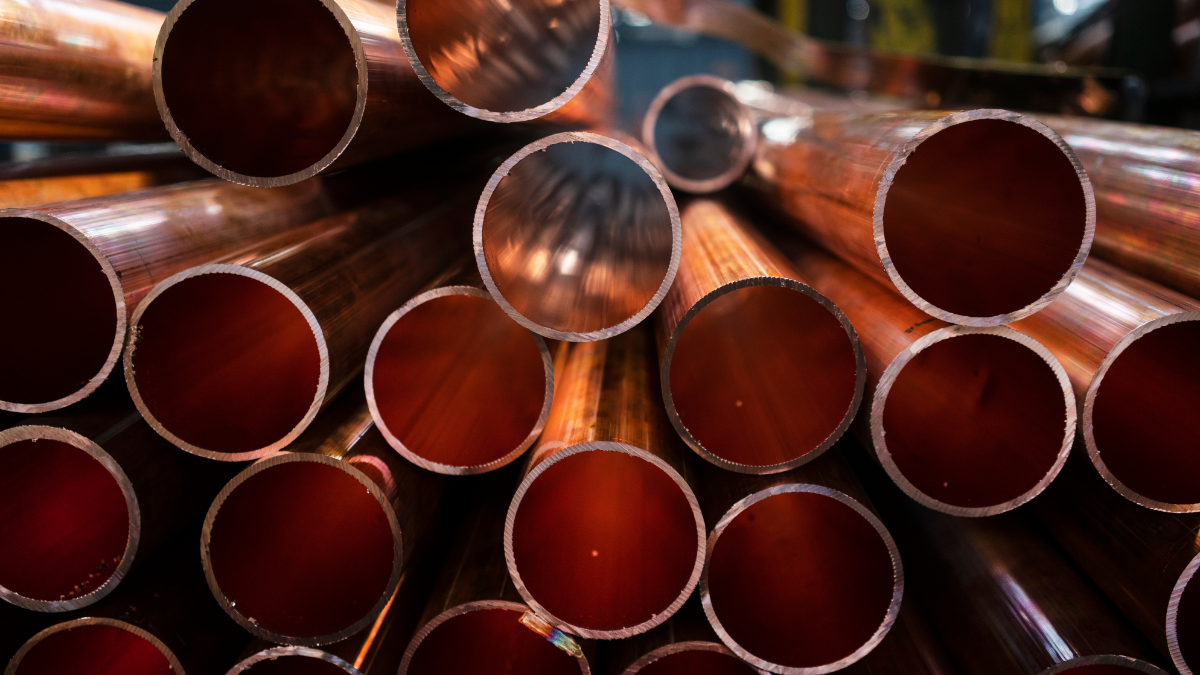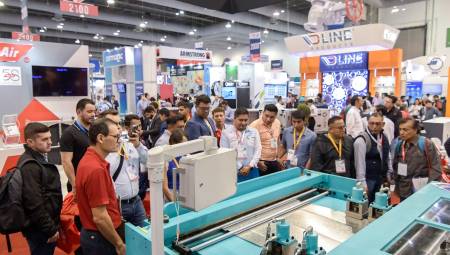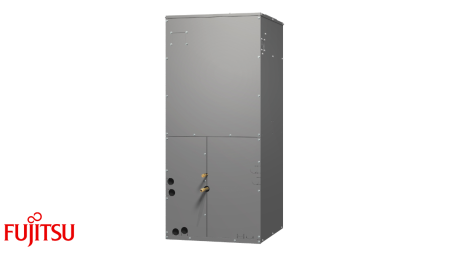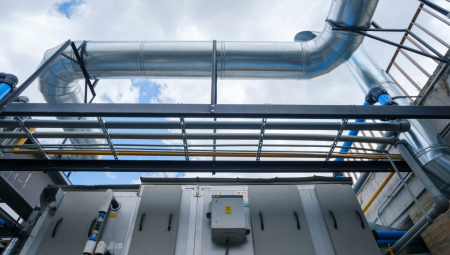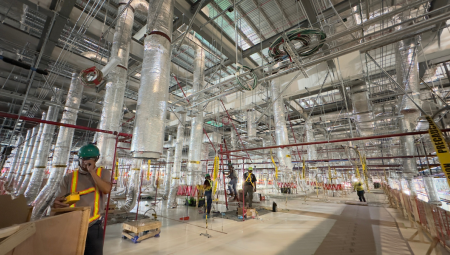United States. Driven by the boom in the HVACR sector, the copper pipe market in North America will reach $3.44 billion by 2030. Demand is growing thanks to copper's thermal efficiency and its key role in construction and air conditioning, according to a new report from analyst firm MarketsandMarkets.
This growth is strongly driven by the expansion of the construction and HVACR (heating, ventilation, air conditioning and refrigeration) sectors, where copper's properties – such as thermal conductivity, corrosion resistance and durability – position it as a key material for plumbing and HVAC systems in homes, commercial and industrial installations.
According to the study, the United States represents the largest segment within the regional market. The combination of accelerated urbanization, infrastructure projects, and policies focused on energy efficiency has increased the demand for copper pipes. In addition, the country has well-established manufacturing and distribution networks, making it a relevant production hub for the rest of the continent.
The report highlights the growing adoption of technologies such as MicroGroove, which use thinner copper tubes with internal fluting to improve heat transfer. These innovations allow the use of natural refrigerants and reduce the total load of the system, thus responding to new environmental regulations. In parallel, advances in manufacturing processes such as extrusion have improved the quality and performance of tubes, especially in HVAC applications.
Key Market Segments
- Type: K-type pipes lead the market for increased thickness and durability, ideal for underground installations and municipal drinking water systems.
- Shape: Straight pipes are the most demanded due to their ease of installation and structural strength, preferred in large-scale projects.
- Application: The HVACR segment is the largest share, driven by extreme weather in North America and the need for more efficient and sustainable systems.
Challenges and opportunities
Although the market is showing a positive trend, it also faces challenges such as dependence on imports – especially in the US – and weather conditions that can affect the durability of copper systems. However, urban modernization and the development of smart cities offer significant opportunities for manufacturers, who could benefit from aligning their products with efficiency and sustainability standards.


